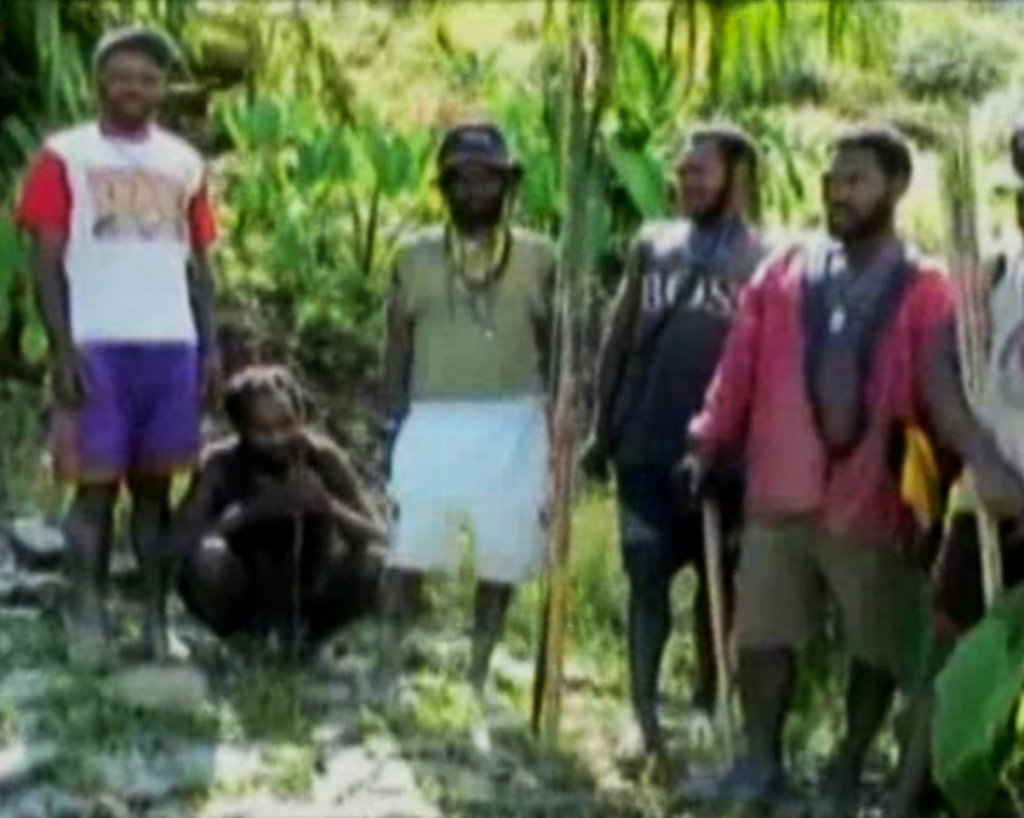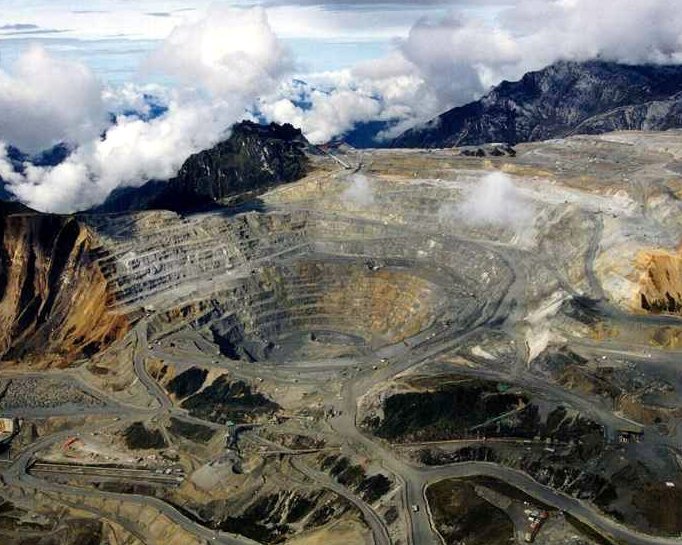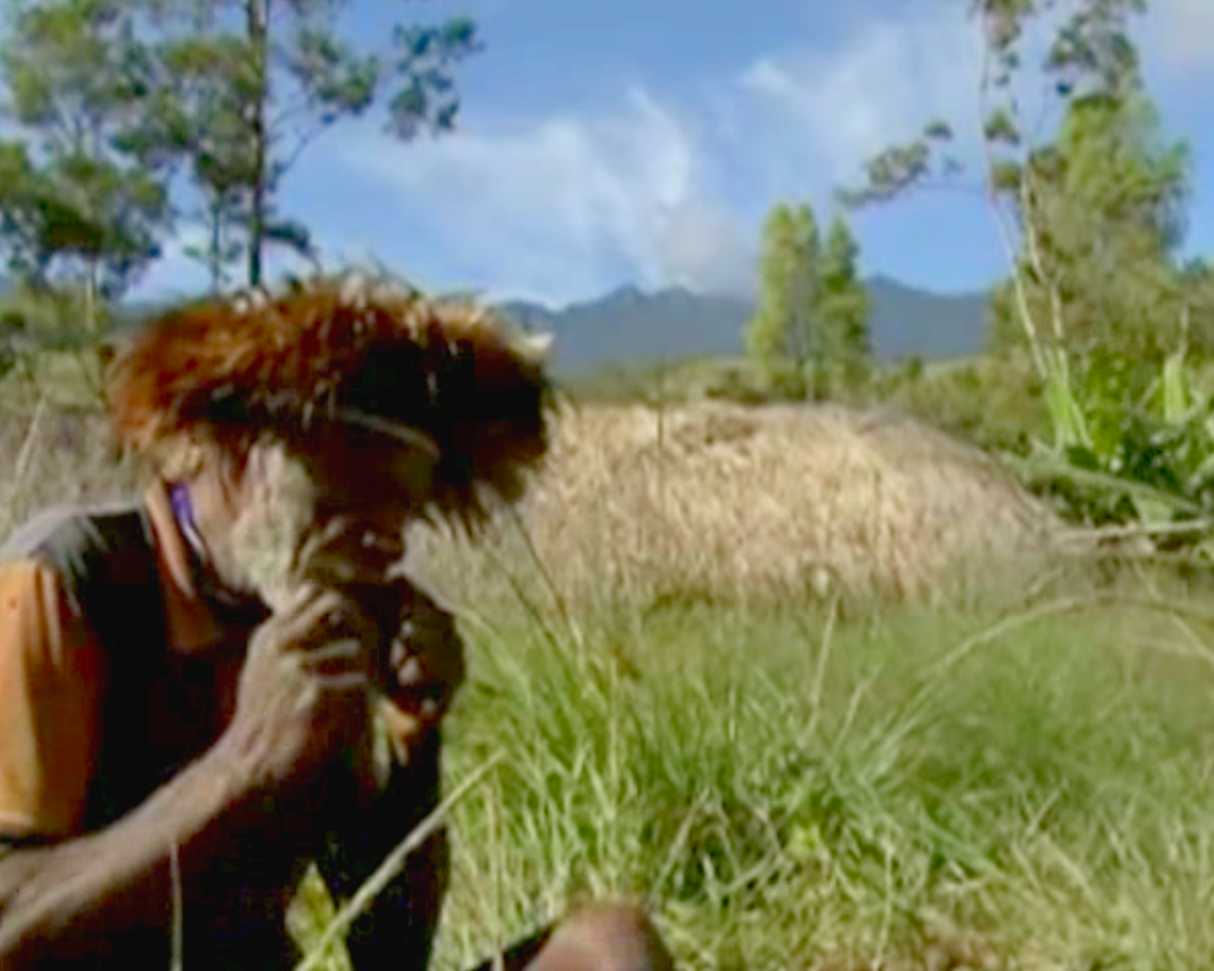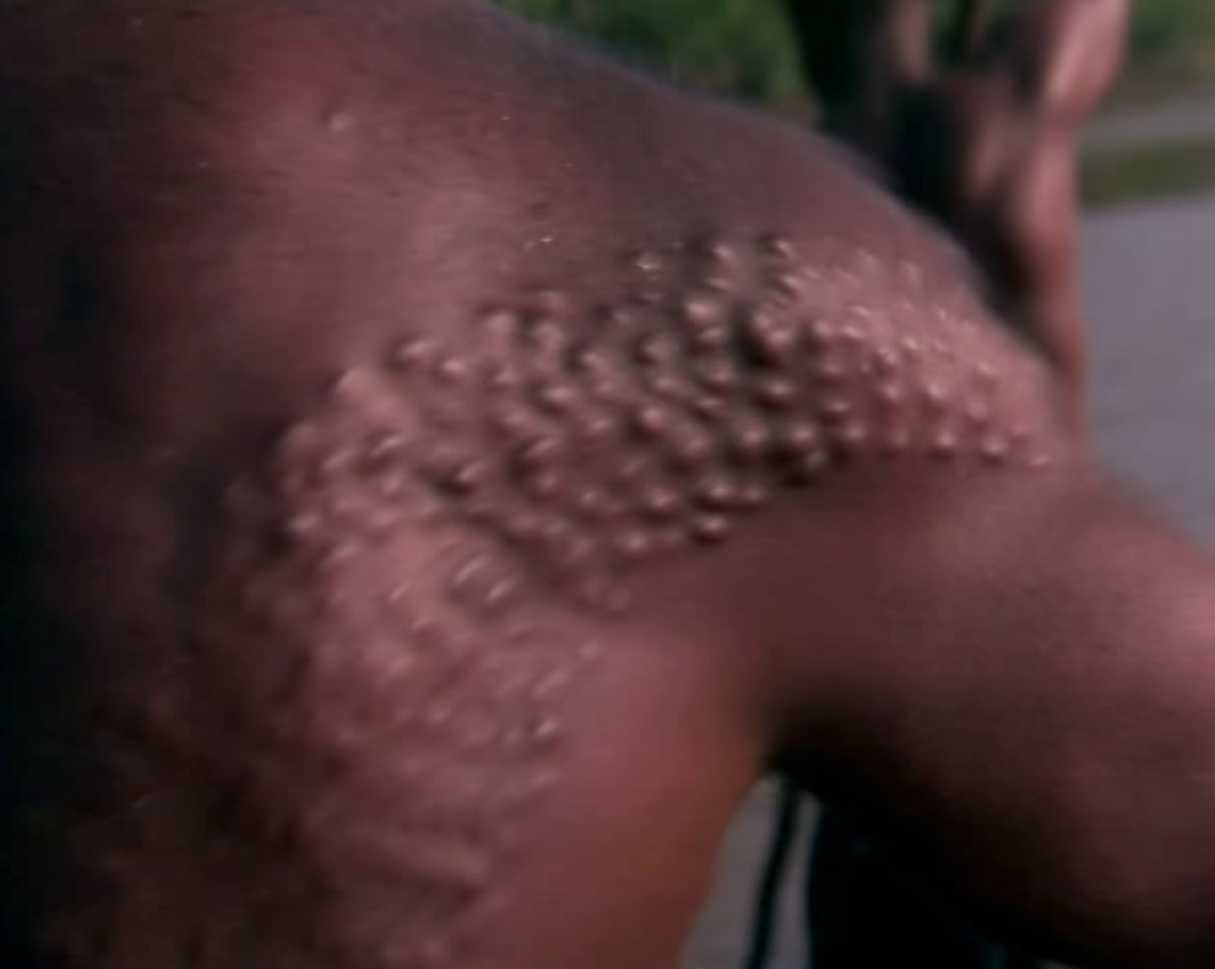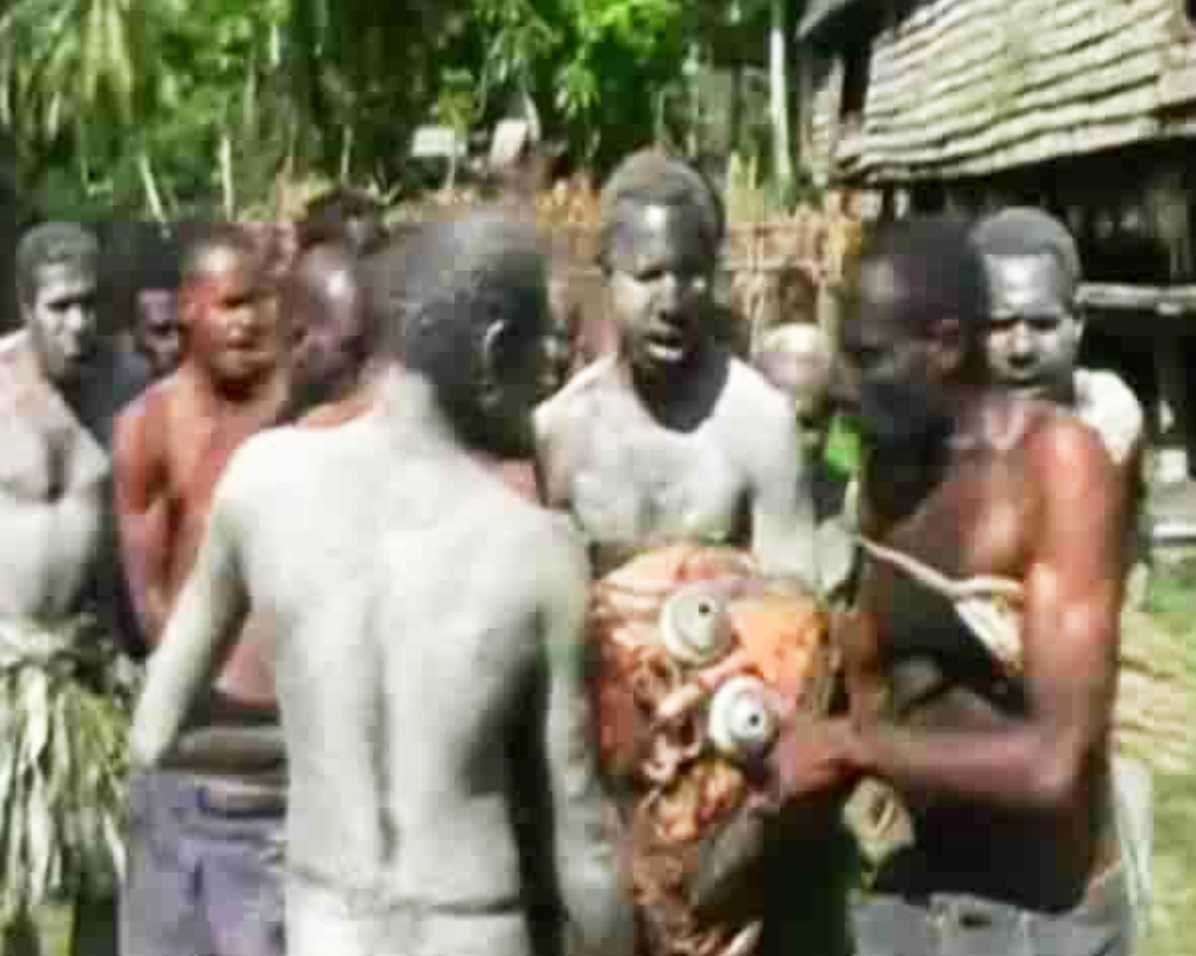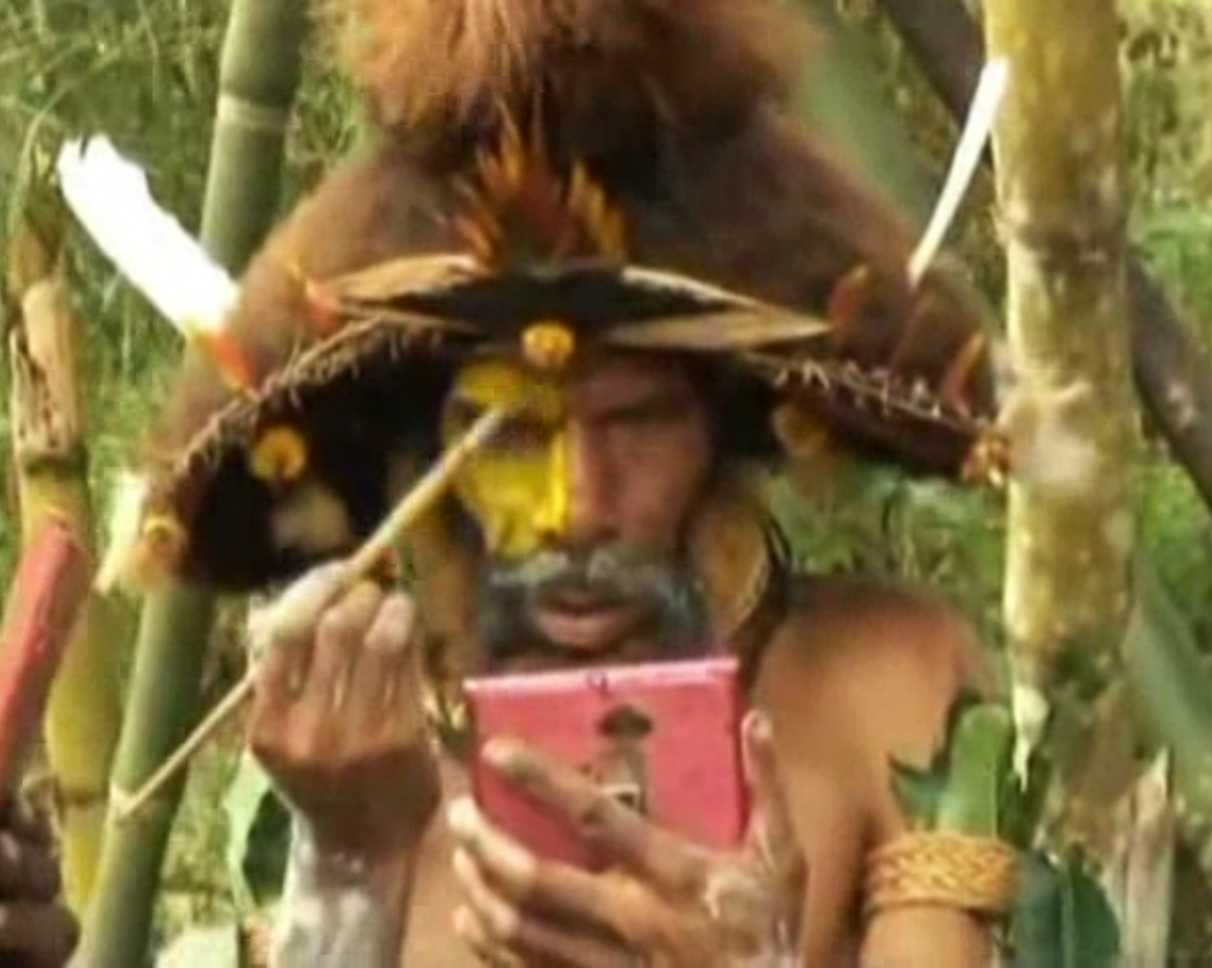Papua is the world's second largest island, exceeded in size only by Greenland, and it is also the world's highest tropical island, with 70% of the land still cloaked in dense tropical forests. The central spine of the island is a complex system of mountain ranges and upland valleys that stretch for nearly 2000 km. Highest peaks rise to almost 5000 meters. This huge equatorial island is a wondrous place, providing a rich variety of habitats for its wildlife: from reef and mangrove swamps at sea level, through swamp forests and lowland rainforests on the coastal plains and foothills, to mid-mountain beech and pine forests, and, at the highest altitudes, stunted moss forests and alpine grasslands. The result is an island teeming with life, with a greater diversity of animals and plants than almost anywhere else. Fauna in Papua New Guinea is predominantly marsupials. Along with Australia, Papua island is the only country which have representatives of all three kinds of mammals - the primitive egg laying monotremes, the marsupials, and the placental mammals. Primates and carnivores failed to reach New Guinea, and instead evolved its own unique tree-dwelling marsupial mammals - striped and feather-tailed possums, ringtails, cuscuses and tree kangaroos.
Birds are undoubtedly the most outstanding group of animals, not only because of their beauty but also because of their great diversity and abundance. Most famous are the magnificently plumaged and colored birds of paradise which number 38 species, 36 of which are endemic, the other two being shared with tropical Australia. These birds have highly specialized forms of courtship behavior and plumage display and the variety in plumage is certainly unique in avifauna. There are many more remarkable and beautiful birds which rival the magnificence of the birds of paradise such as the bower birds, emperor wrens, a variety of pigeons including the Victoria crowned pigeon, kingfishers, lorikeets, parrots and cockatoos, larger birds such as the hornbill, birds of prey, and the large flightless cassowary.
Over the centuries this mountainous green island developed a population equally as colorful and diverse as its wildlife. Papua Island has 700 languages. Reflecting the diversity of languages is a bewildering variety of cultures from highland cultures based on imitation of Birds of Paradise, to elaborate initation and scarification ceremonies of the Sepik River Tribes. The "Highlanders" were probably the first agriculturalists in the world, and developed a complex and colorful culture using the plants, flowers and bird plumage from the rainforest to enhance their images during the elaborate ceremonies of Sing Sing, performed by clan groups to celebrate war, death, fertility, etc. The people in the lowland regions were food gathers and developed complex rituals and beliefs in ancestral spirits, and expressed these beliefs in elaborate wood carvings.
We shall start our exploration of Papuan indigenous tribes with the costal habitants of West Papua, the Asmat. The tribe is notorious for its headhunting tradition, but also well known for its woodcarving art. Neighbors of the Asmat are the Korowai, a tribe who builds their houses in vertiginous heights, at the top of tropical forest trees. Then we' ll move up to the Maoke Range and visit the Stone Age tribe of the Una. On the northern side of the mountain, we' ll find the famous Baliem Valley, home of numerous indigenous tribes, such as the Dani and the Yali. Once a year, the tribes meet at the Baliem Festival, a most colourful happening where the tribes perform ritual dances. The Sepik River in the northern part of Papua New Guinea is the largest river of the island's eastern part. Different tribes live along the riverside. Here, we'll witness the dreadful rites of passage of two Sepik tribes. At the end of our journey, we'll contact the Huli tribe in the southern Highlands of Papua New Guinea with their bizarre tradition of wig-bearing.
Politically, the island is divided into two parts: West Paqua as part of the Indonesian Republic and the eastern part as the independent country of Papua New Guinea. Since the annexing of West Papua (former name: Irian Jaya) to Indonesia in the sixties, the Papuan inhabitants have been continuously discriminated by the Indonesian authorities and their protests have encountered a most brutal repression through the Indonesian army.
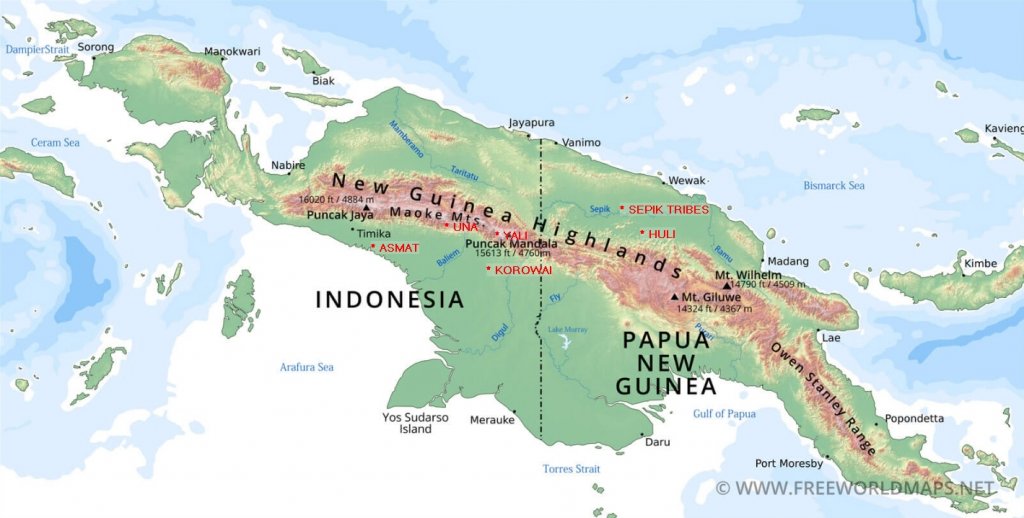

-aab32.jpg)
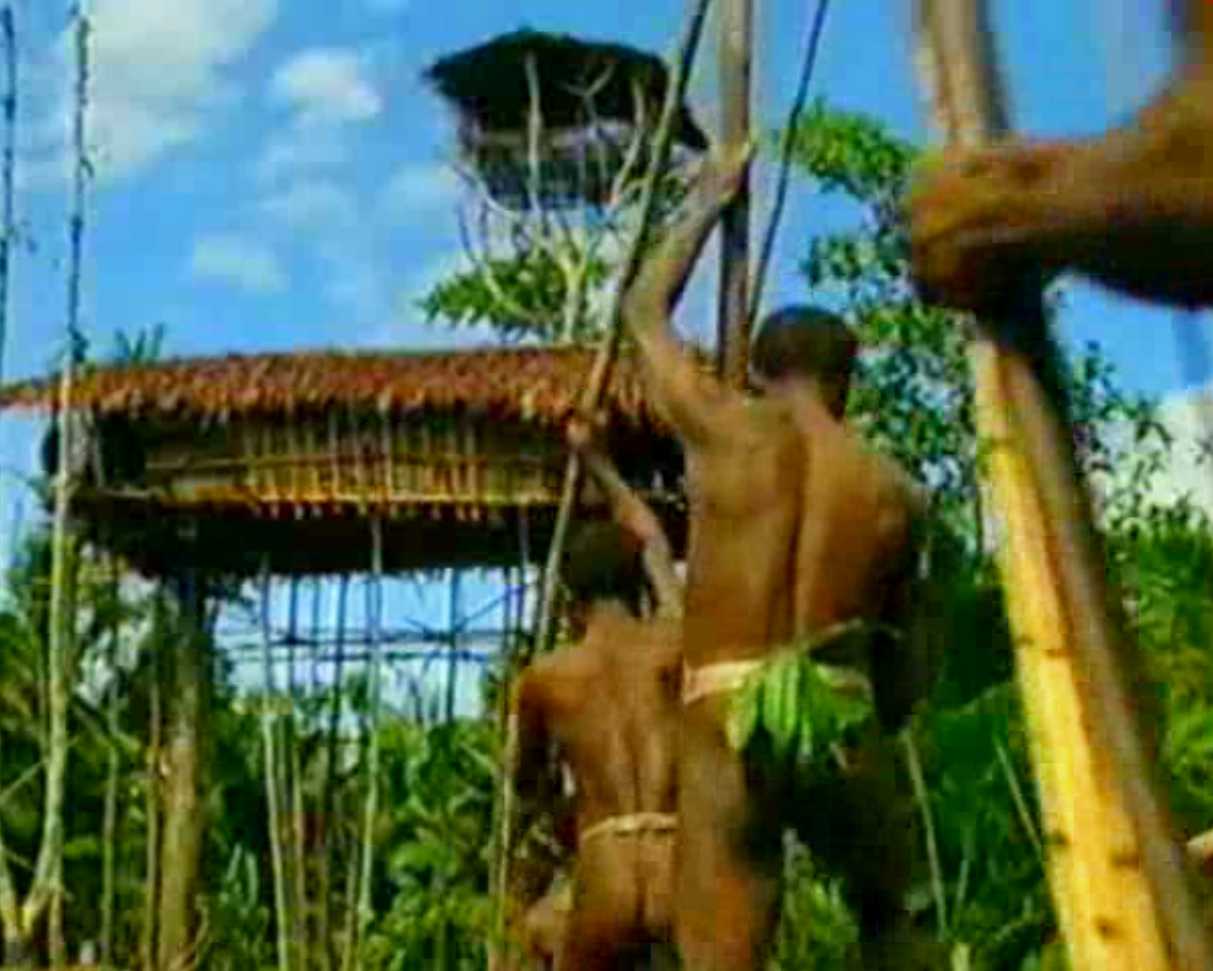
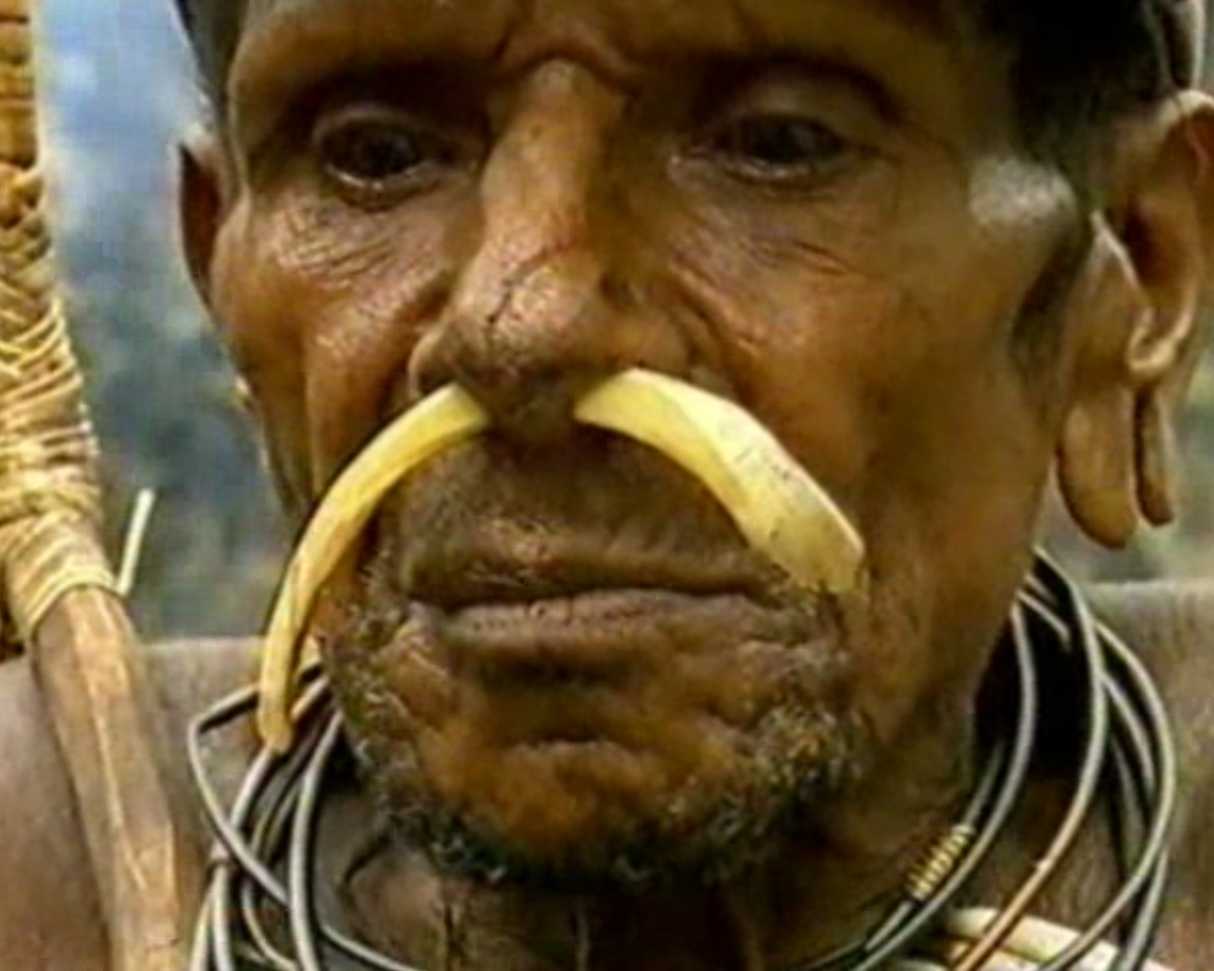
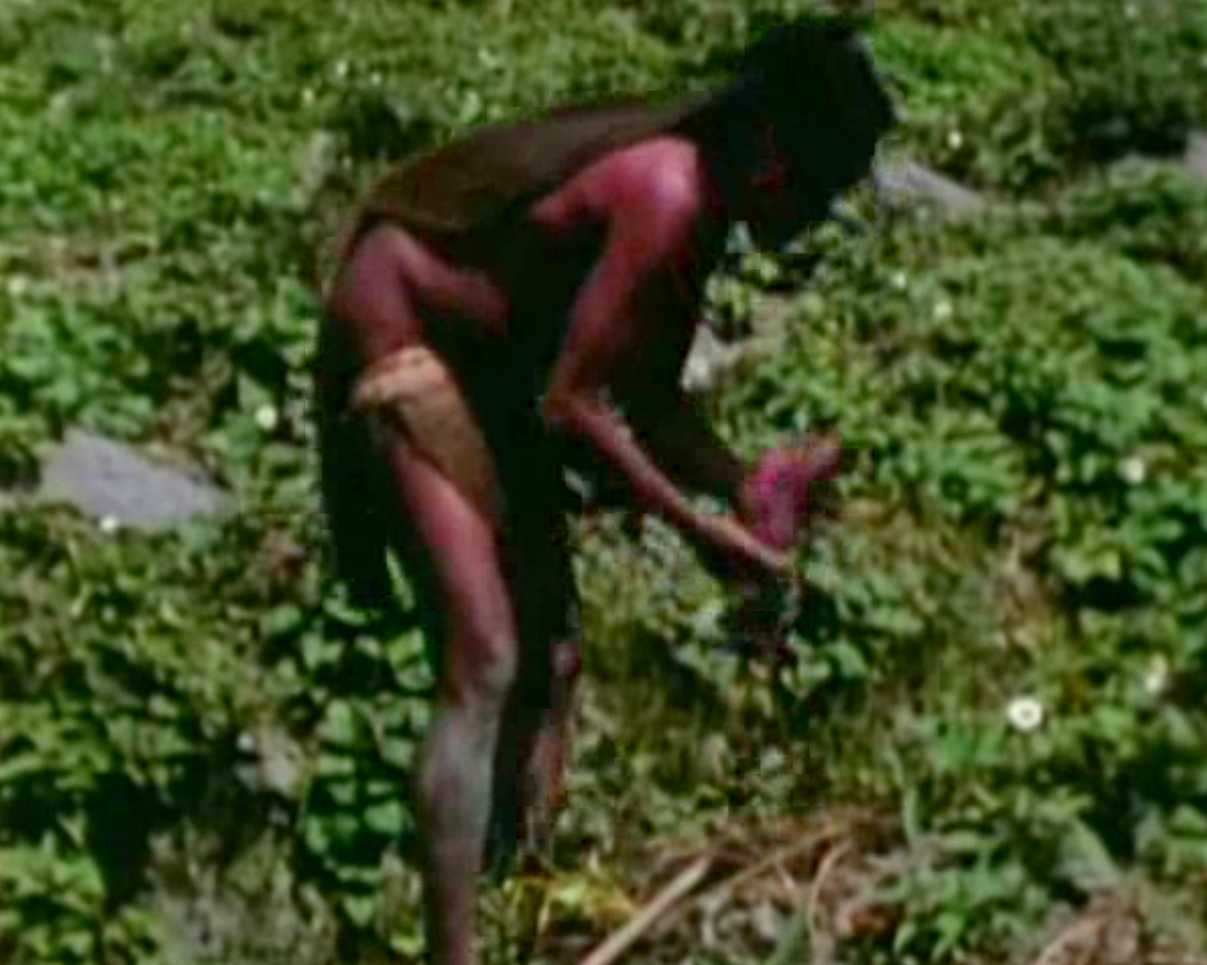
-aab32.jpg)
